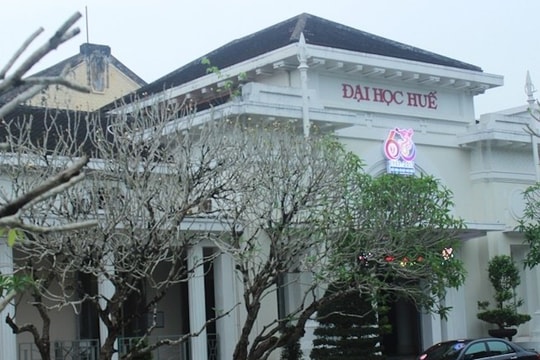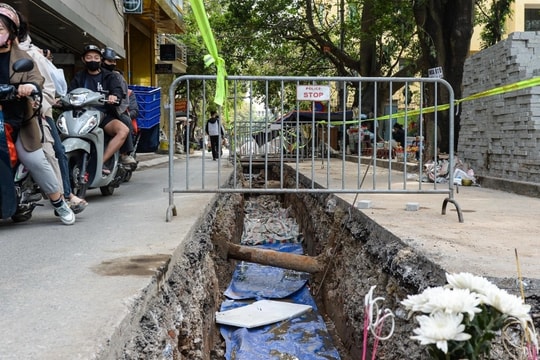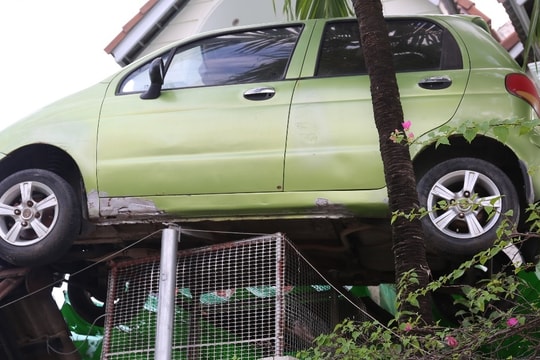
The rental office supply in the southern economic hub in Q2 rose 2 percent quarter-on-quarter and 10 percent year-on-year to 2.8 million sq.m of Net Leasable Area (NLA) from 386 projects, according to Savills Vietnam’s report on the city’s real estate market in the first half of 2024.
The new supply of 52,512 sq.m of NLA from three new projects in the non-central business district (CBD) continued to help ensure the balanced and sustainable development of the market across the city.
Savills Vietnam said that in Q2, the average rent grew 2 percent quarter-on-quarter and 8 percent year-on-year to VND815,000 (US$32) per sq.m per month.
Non-CBD Grade A offices were the best-performing segment in Q2 with the occupancy rate increasing 6 percentage points quarter-on-quarter to 84 ercent, the highest among all grades.
Rents reached VND1.1 million per sq.m per month, up 5 percent quarter-on-quarter. A total of 23,760 sq.m of NLA were leased, driven by Grade A projects that have opened since Q3 of 2023 and have good absorption such as The METT and The Hallmark in Thu Duc City, and The Nexus in District 1.
Similarly, Knight Frank, a commercial property adviser, reported that rents for Grade A offices in the city went up slightly, by about 0.5 percent compared to the previous quarter, reaching US$58.4 per sq.m per month, due to higher demand for high-end offices in newly-built and green-certified buildings.
Leo Nguyen, Director of Occupier Strategy & Solutions at Knight Frank Vietnam, said that the office market in HCMC is developing constantly, and newly-opened Grade A buildings have an occupancy rate of over 70 percent. That gives tenants only a few options when they want to move and also increase negotiation advantages for investors.
The firm forecasts that this trend will continue affecting rental prices and inventory levels in the coming months.
It added new leasing transactions were recorded mainly in Grade A office buildings that opened last quarter. The occupancy rate in the Grade A segment is stable. On the other hand, some older buildings are losing tenants to newly built Grade A buildings with green certificates.




















.jpg)



